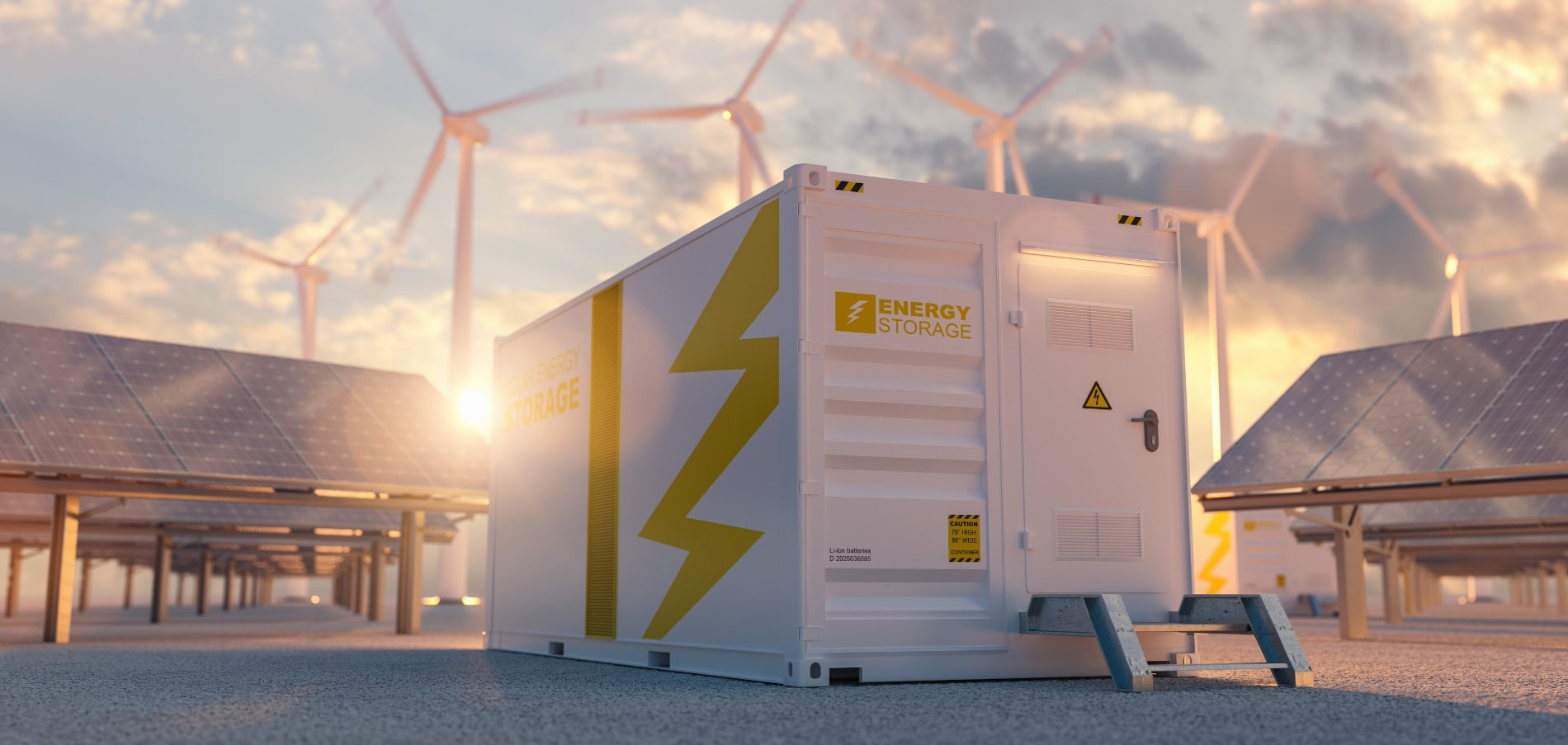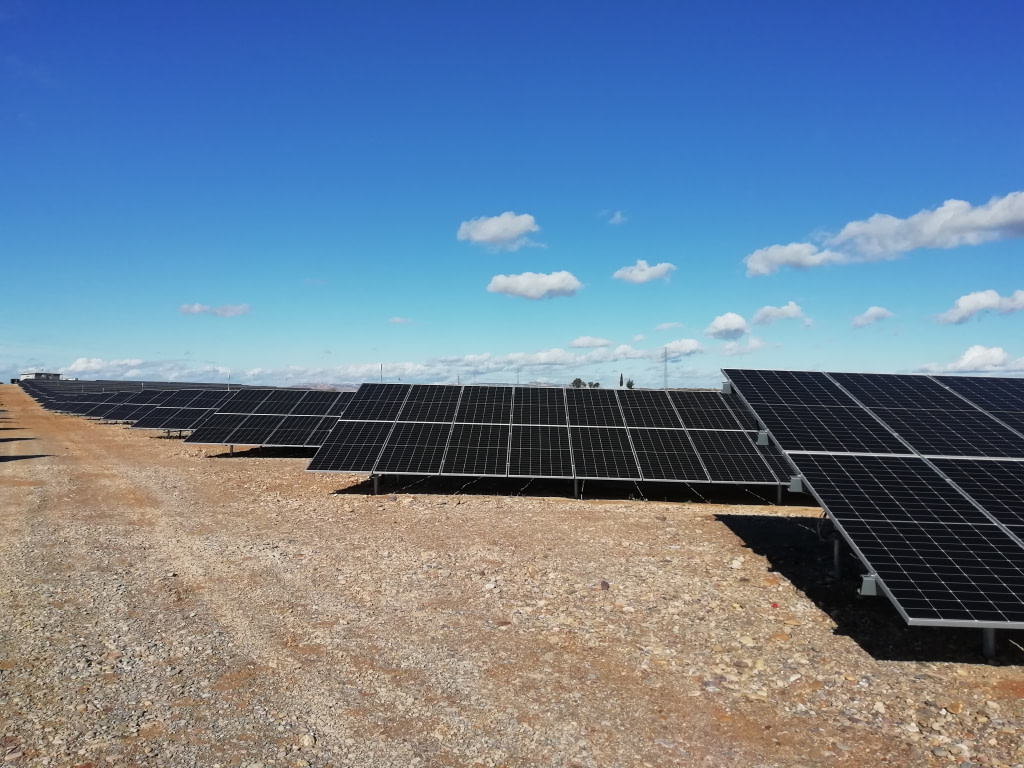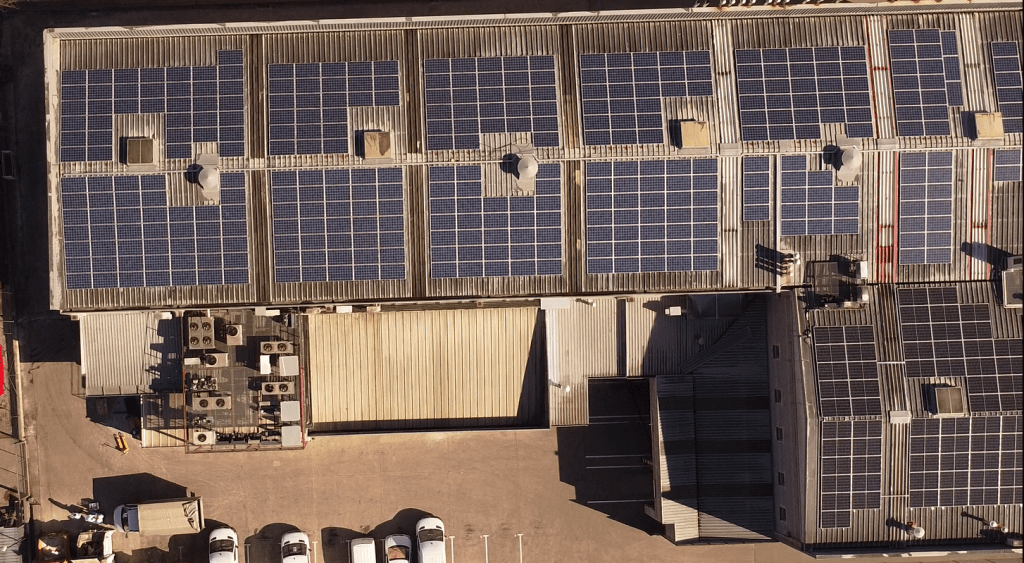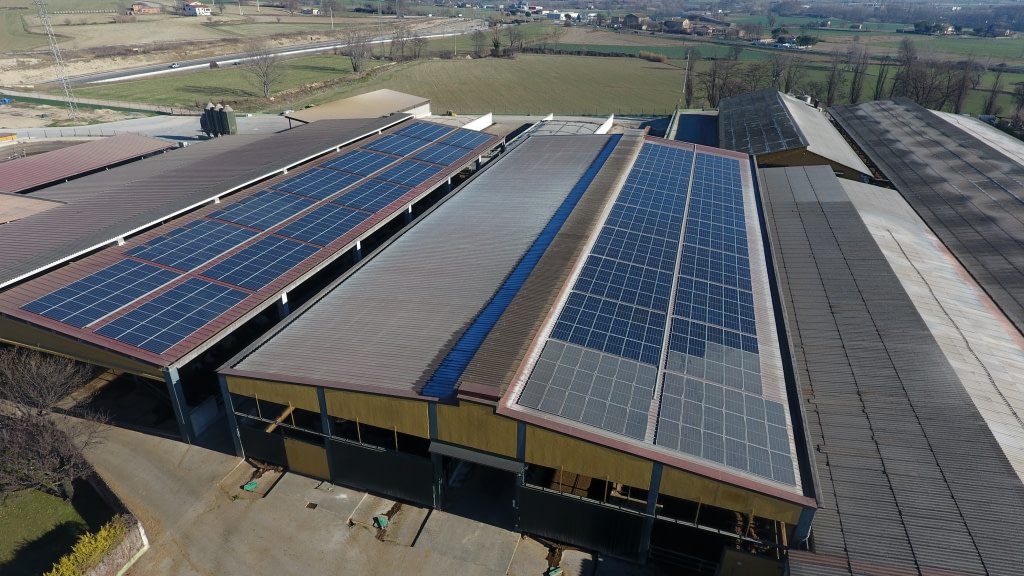STORAGE AND BATTERIES
Key Components of the Photovoltaic Storage System
BATTERIES:
Batteries are the main component of the storage system. They can be of different types, with the most common being lithium-ion, lead-acid, and flow batteries. Batteries store energy in the form of direct current (DC)INVERTER:
The inverter converts the direct current (DC) stored in the batteries into alternating current (AC), which is the form of electricity used by most household appliances and equipment.CHARGE CONTROLLER:
This device regulates the flow of energy between the solar panels, the batteries, and the electrical grid, ensuring that the batteries are charged safely and efficiently without overcharging or excessive discharging.Energy Management System (EMS):
An EMS manages and optimizes the use of stored energy, prioritizing consumption based on demand and the availability of solar energy, and can integrate other energy sources and loads.Is your company considering investing in self-consumption?
Self-Consumption
It allows you to maximize the self-consumption of the energy generated by the solar installation, reducing reliance on the electrical grid and associated costsEnergy Security
It provides a backup energy source in case of power grid failures, increasing the energy resilience of the installation.Optimization of Energy Use
It allows you to store excess energy generated during the day for use during periods of higher demand or when electricity prices are higher.Sustainability
It contributes to greater integration of renewable energy into the energy system, reducing greenhouse gas emissions and environmental impact.We take care of everything
Track record
With over a decade of experience, our team of engineers and installers provides you with a comprehensive, turnkey service of the highest quality.
Customized installation
We understand that each company is unique, which is why our team of engineers will study your case and provide an installation tailored to your needs and consumption levels, anticipating potential changes.
Grants, subsidies, and incentives
Your company can benefit from grants for the use of photovoltaic solar energy under the Next Generation program, as well as reductions in property taxes (IBI). At Watt Energía, we handle the collection and administration of all documentation so you can leave the paperwork to us.
PAYMENT OPTIONS
At Watt Energia, we offer our clients the possibility to finance the installation for up to 15 years. You can also choose a leasing or Power Purchase Agreement (PPA) with no initial investment and no amortization period, so you start saving from day one.
Our Partners




Our clients vouch for us







































Do you need any additional information? We are here to help
Yes, batteries can operate without an active electrical grid. When a photovoltaic solar system is connected to storage batteries, these can store the energy generated by the solar panels during the day for later use, even when the electrical grid is disconnected or unavailable.
In situations where the electrical grid experiences power outages, the batteries act as a backup power source, supplying electricity to devices and equipment connected in your home or business. This backup power is invaluable during blackouts or emergency situations, providing continuity in electrical supply and ensuring the operation of critical devices such as lights, security systems, refrigerators, and medical equipment, among others.














